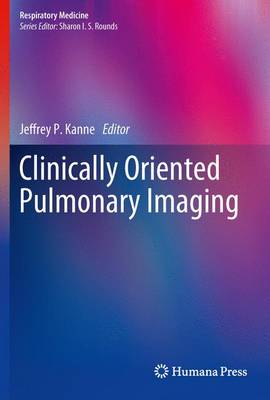

Most ebook files are in PDF format, so you can easily read them using various software such as Foxit Reader or directly on the Google Chrome browser.
Some ebook files are released by publishers in other formats such as .awz, .mobi, .epub, .fb2, etc. You may need to install specific software to read these formats on mobile/PC, such as Calibre.
Please read the tutorial at this link: https://ebookbell.com/faq
We offer FREE conversion to the popular formats you request; however, this may take some time. Therefore, right after payment, please email us, and we will try to provide the service as quickly as possible.
For some exceptional file formats or broken links (if any), please refrain from opening any disputes. Instead, email us first, and we will try to assist within a maximum of 6 hours.
EbookBell Team

4.4
62 reviewsDiagnostic imaging is an essential component in the evaluation of the patient with known or suspected respiratory tract disease. While chest radiography continues to serve as the primary tool for imaging the chest, advances in computed tomography (CT) have led to a variety of applications such as high-resolution CT (HRCT), advanced 3-D airway imaging, and image-guided procedures.
The aim of this book is to deliver a clinically-oriented approach to pulmonary imaging. Each chapter of the book will provide an organized approach to the different facets of imaging of specific clinical scenarios, focusing on strengths and weaknesses of available imaging tests. High quality examples of typical imaging findings of specific conditions will supplement the text.
The target readers include practicing internists, pulmonologists, thoracic surgeons, and primary care practitioners. Other readers will include respiratory care therapists and medical students. The proposed cohort of authors represents experts in the field of thoracic radiology. These authors have experience in thoracic radiology and medical writing, each will deliver a high-quality chapter meeting the aims and scope of this book while addressing the target audience. Aside from the first three chapters, which are introductory materials, each author will be invited to select a clinician with whom they work closely to serve as a co-author in order to provide a chapter that maintains the clinical orientation of this book.